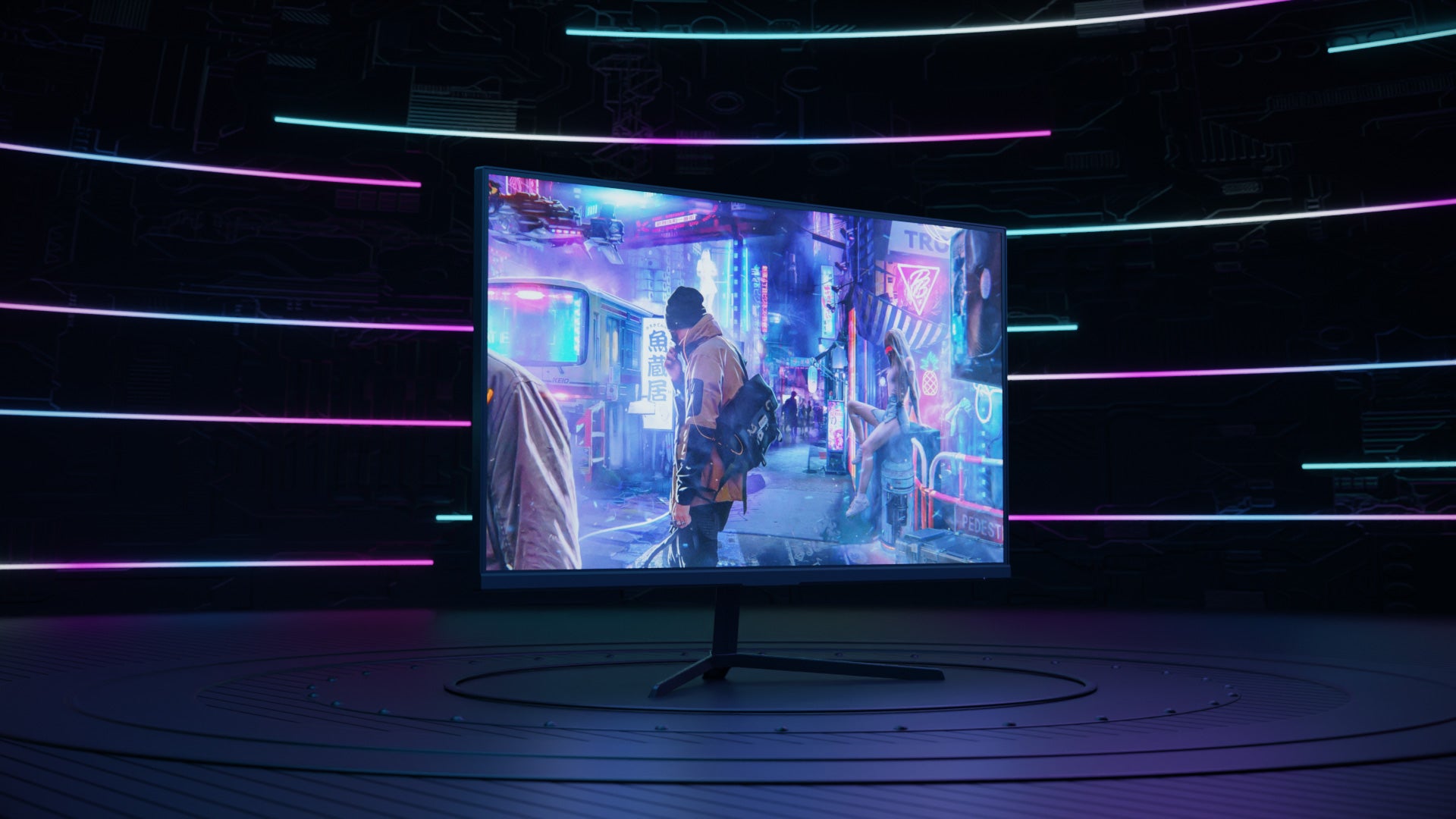Choosing the right monitor can be overwhelming with the various technical specifications presented. We will break down the most important monitor specifications to consider so that you can make an informed decision.
Essential Monitor Specifications
Resolution: Resolution refers to the number of pixels displayed on a screen. A higher resolution translates to a sharper image with finer details. Common resolutions include:
- 1920 x 1080 (Full HD)
- 2560 x 1440 (QHD)
- 3840 x 2160 (4K UHD)

Screen Size: Monitor screen size is measured diagonally in inches. Common sizes range from compact 15-inch options to expansive 50-inch or even wider displays. Consider your viewing distance and multitasking needs. A larger screen offers more screen real estate but might require sitting further back for comfortable viewing.
Refresh Rate: Measured in Hertz (Hz), the refresh rate refers to the number of times a monitor refreshes the image per second. A higher refresh rate results in smoother visuals, especially in fast-paced games or videos. Standard monitors have a refresh rate of 60Hz, but gaming monitors can boast refresh rates as high as 240Hz for a smoother experience.
Response Time: Response time refers to the time it takes for a pixel to change color. A faster response time minimizes ghosting or blurring in fast-moving content. For everyday use, a response time of 5ms is acceptable, while gamers should prioritize a response time of 1ms for peak performance.

Panel Type: The panel type determines the display technology used in the monitor. Here's a breakdown of the most common types:
- In-Plane Switching (IPS): IPS panels offer excellent viewing angles, good color accuracy, and decent response times. They are ideal for creative professionals and everyday use.
- Twisted Nematic (TN): TN panels are known for their fast response times and affordability. However, they have limited viewing angles and suffer from color accuracy issues.
- Vertical Alignment (VA): VA panels offer the best contrast ratios, resulting in deeper blacks. However, their viewing angles can be limited. These are ideal for watching movies or dark room gaming.
Aspect Ratio: The aspect ratio refers to the width compared to the height of the display. The most common aspect ratio is 16:9, which is ideal for watching movies and most games. Ultrawide monitors have a wider aspect ratio, like 21:9, offering more screen real estate for multitasking.
Color Accuracy: Color accuracy is crucial for creative professionals who need to ensure colors are displayed accurately. Look for monitors with high coverage of color gamuts like sRGB.
Brightness: Brightness is measured in nits and determines how well a monitor performs in brightly lit environments. For everyday use, 250 nits is sufficient. However, if you plan to use the monitor in a well-lit room or for HDR content, aim for a higher brightness level.
Contrast Ratio: The contrast ratio refers to the difference between the brightest white and the darkest black a monitor can produce. A higher contrast ratio results in deeper blacks and more vibrant colors.
Ports: Ensure the monitor has the ports you need to connect your devices. Common ports include HDMI, DisplayPort, and USB-C.
Viewing Angles: Viewing angles determine how well the image quality remains consistent when viewed from off-center positions. IPS panels offer the best viewing angles, while TN panels have the most limited viewing angles.
Choosing the Right Monitor for You
By understanding these key specifications, you can narrow down your choices and select the monitor that best suits your needs and budget.
Here's a quick guide:
- For everyday use: A Full HD monitor with an IPS panel and a 60Hz refresh rate is a good starting point.
- For gaming: Prioritize a monitor with a high refresh rate (144Hz or higher), a fast response time (1ms), and an IPS or TN panel depending on your budget.
- For creative professionals: Look for a monitor with a high resolution (QHD or 4K), excellent color accuracy (high sRGB), and an IPS panel.
There's no perfect monitor for everyone. Consider your primary use for the monitor and prioritize specifications that are important to you. Ultimately, the best monitor is the one that unlocks productivity or entertainment without breaking the bank or cluttering your deskspace.

0 comments